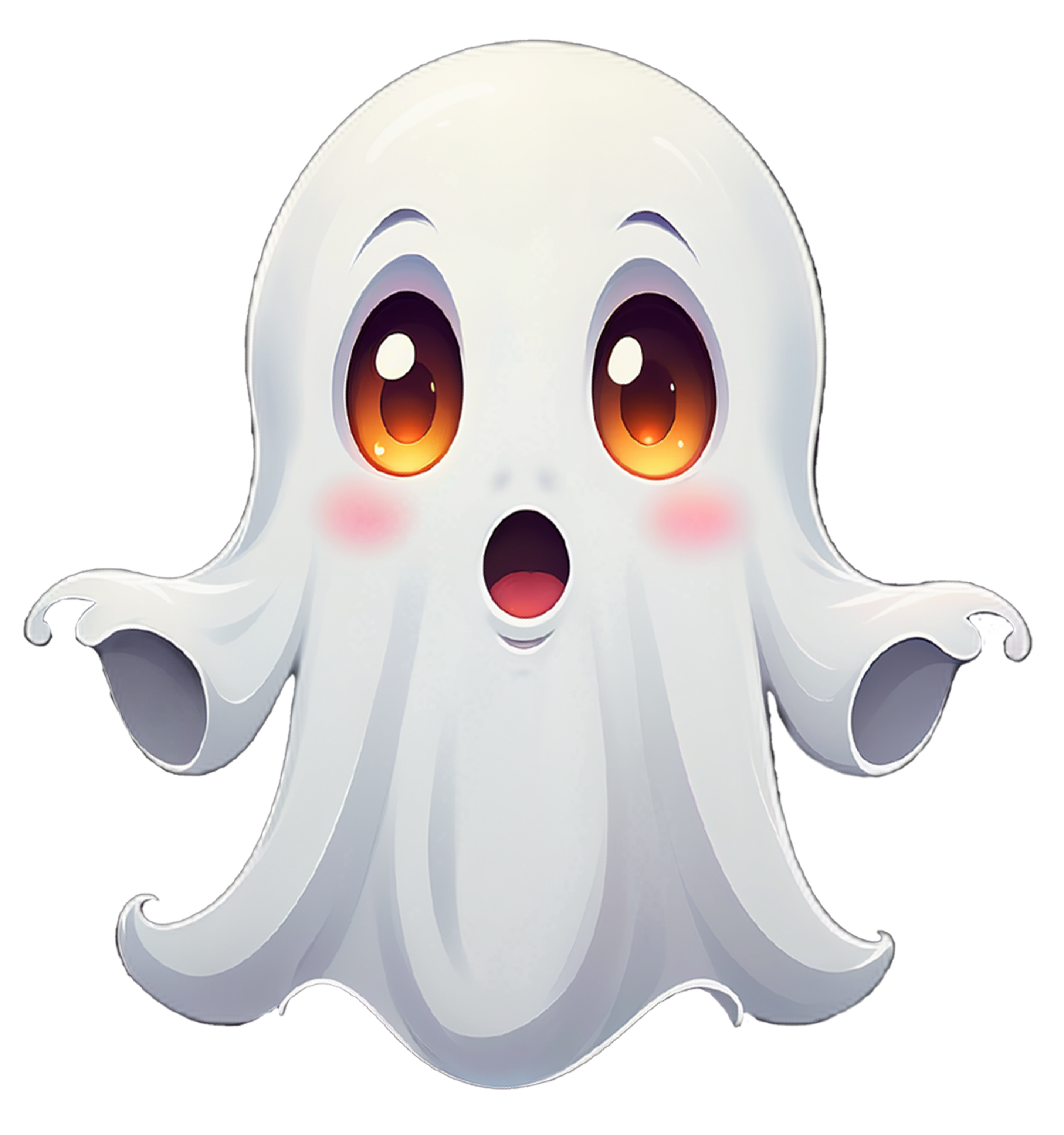Verified: 2 months ago
SafeTensor
The FLUX.1 [dev] Model is licensed by Black Forest Labs. Inc. under the FLUX.1 [dev] Non-Commercial License. Copyright Black Forest Labs. Inc.
IN NO EVENT SHALL BLACK FOREST LABS, INC. BE LIABLE FOR ANY CLAIM, DAMAGES OR OTHER LIABILITY, WHETHER IN AN ACTION OF CONTRACT, TORT OR OTHERWISE, ARISING FROM, OUT OF OR IN CONNECTION WITH USE OF THIS MODEL.
Glass Art Fonts
Glass art fonts are creative font designs that simulate the texture of glass materials. By presenting light and shadow, transparency, and structural details, the text achieves both a translucent and three-dimensional effect. They are commonly used in scenarios such as brand logos, advertising signs, and interior decorations, conveying an exquisite, modern, or elegant visual atmosphere.
Their core design features include three aspects:
Texture Simulation: Restore the transparency or refraction characteristics of glass through translucent effects, frosted textures, or mirror reflections. Some designs add details like bubbles and cracks to enhance realism;
Light and Shadow Processing: Overlay highlights and shadows to emphasize the angular transitions of glass. For example, bright edges are added to font outlines to simulate light irradiation, and dark areas are added at the bottom to show thickness, strengthening the three-dimensional layers;
Color Application: Mostly use single-color transparency, gradients, or light colors to avoid heavy color blocks. Some combine the refraction effect of ambient colors to make the font blend naturally with the background. Common design tools include Photoshop and Blender.


